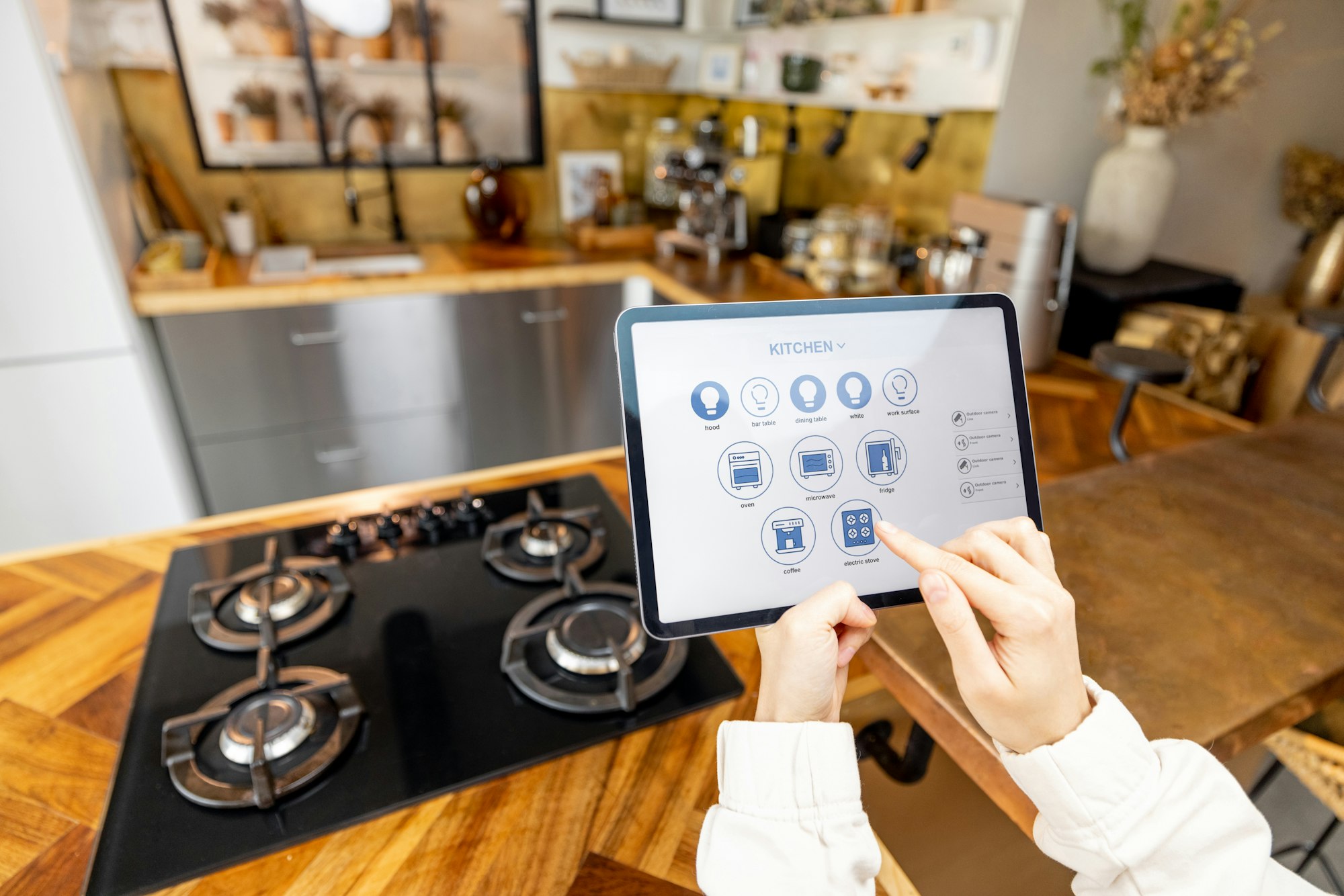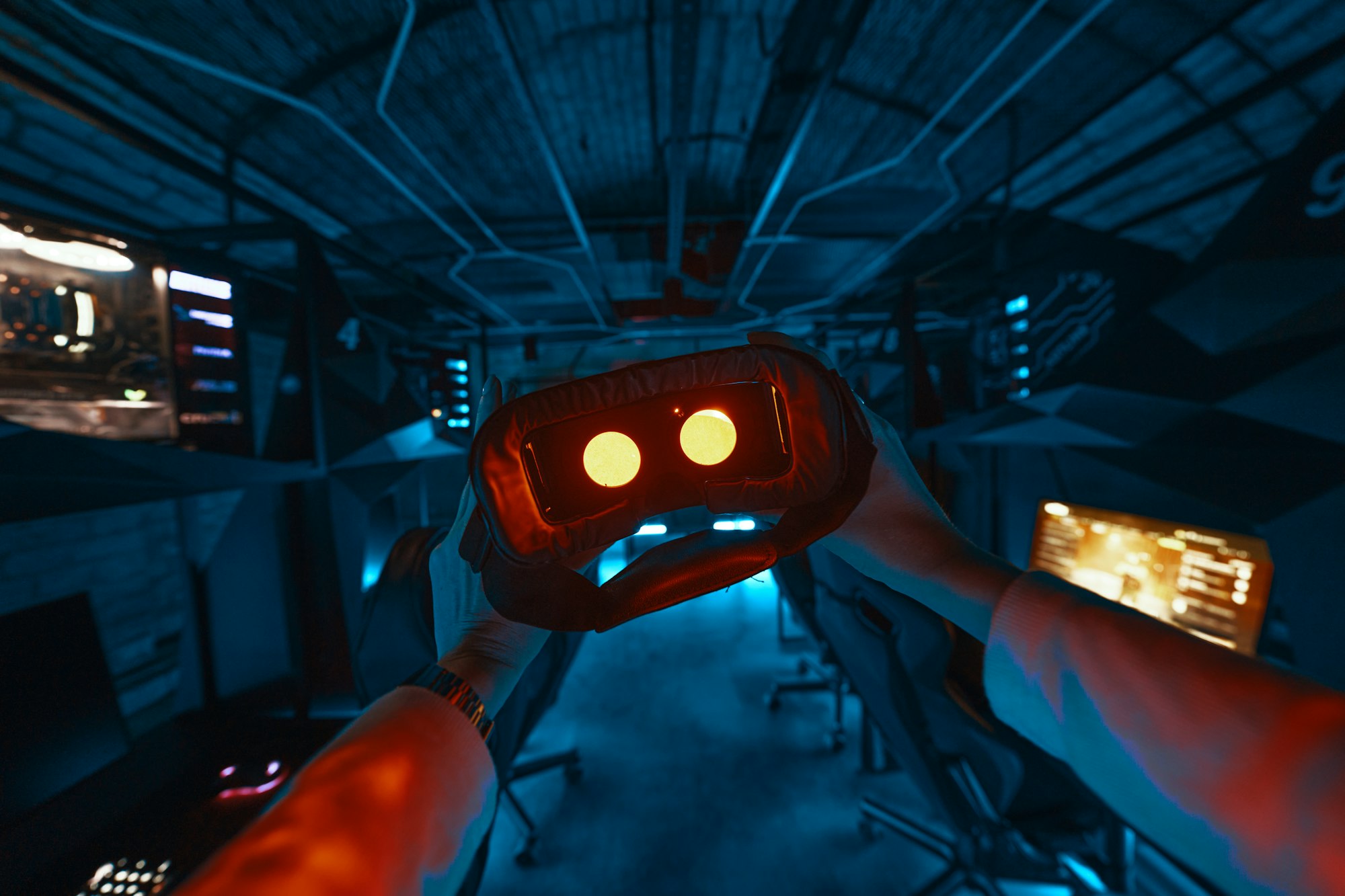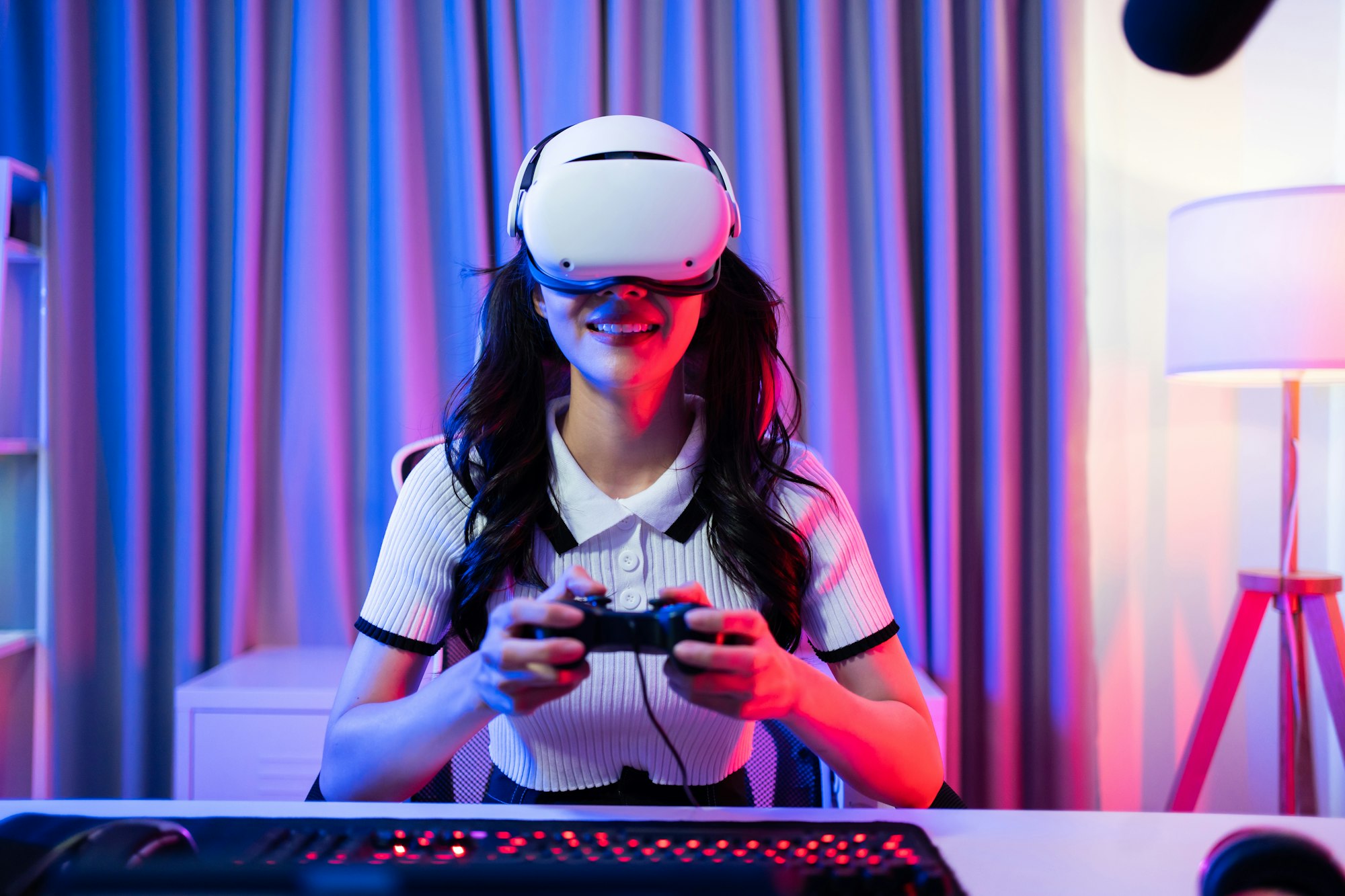Wearable technology has come a long way from the basic pedometers of the past. Today, wearables encompass a wide range of devices that offer various functionalities, from tracking fitness metrics to enhancing everyday fashion. Let’s dive into the fascinating evolution of wearable tech and explore how it has transformed from simple fitness trackers to advanced smart clothing.
1. The Birth of Wearable Tech
1.1 Early Innovations
Wearable technology began with devices like the pedometer, which was invented in the 1960s. These early gadgets were simple, mechanical devices that counted steps. The concept of tracking physical activity paved the way for future advancements in the field.
1.2 Fitness Trackers
The launch of Fitbit in 2009 marked a significant milestone in the evolution of wearables. Fitness trackers quickly gained popularity, offering users the ability to monitor steps, heart rate, sleep patterns, and more. These devices not only provided valuable health insights but also motivated users to maintain an active lifestyle.
2. The Rise of Smartwatches
2.1 The Smartwatch Revolution
Smartwatches took the wearable tech market by storm with the introduction of devices like the Apple Watch and Samsung Gear. These sophisticated gadgets combined the functionalities of fitness trackers with the convenience of smartphones. Users could receive notifications, make calls, and even access apps directly from their wrists.
2.2 Health and Wellness Integration
Modern smartwatches have evolved to include advanced health monitoring features. They can track ECG, blood oxygen levels, and even detect irregular heart rhythms. These capabilities have made smartwatches indispensable tools for managing personal health and wellness.
3. Advancements in Wearable Tech
3.1 Beyond the Wrist: Smart Rings and Glasses
Wearable tech is no longer confined to the wrist. Smart rings, such as the Oura Ring, offer health tracking capabilities in a compact form. Smart glasses, like Google Glass and Snapchat Spectacles, provide augmented reality experiences and hands-free interaction with digital content.
3.2 Integration with AI and IoT
The integration of artificial intelligence (AI) and the Internet of Things (IoT) has further enhanced wearable tech. AI algorithms analyze data collected by wearables to provide personalized insights and recommendations. IoT connectivity enables wearables to interact with other smart devices, creating a seamless and interconnected ecosystem.
4. The Emergence of Smart Clothing
4.1 What is Smart Clothing?
Smart clothing, also known as e-textiles or smart textiles, represents the latest innovation in wearable tech. These garments are embedded with sensors and conductive fibers that can monitor physiological data, provide heating or cooling, and even change color based on environmental conditions.
4.2 Applications of Smart Clothing
- Fitness and Sports: Smart clothing can monitor muscle activity, posture, and breathing patterns, helping athletes optimize their performance.
- Healthcare: Medical-grade smart textiles can continuously monitor vital signs, providing valuable data for remote patient monitoring and early detection of health issues.
- Fashion: Designers are experimenting with smart fabrics that can change patterns or colors, creating dynamic and interactive fashion pieces.
5. The Future of Wearable Tech
5.1 Innovations on the Horizon
The future of wearable tech looks promising with ongoing advancements in materials science, miniaturization, and connectivity. Flexible and stretchable electronics will enable more comfortable and versatile wearables. The development of advanced batteries and energy harvesting technologies will extend the battery life of these devices.
5.2 Challenges and Considerations
Despite the exciting prospects, wearable tech faces challenges such as data privacy and security, ensuring accuracy and reliability of sensors, and addressing user comfort. Developers must prioritize these aspects to build trust and encourage widespread adoption.
Conclusion
The evolution of wearable tech from simple fitness trackers to sophisticated smart clothing has revolutionized the way we monitor our health, stay connected, and interact with technology. As innovations continue to emerge, the potential applications of wearable tech are boundless. From enhancing athletic performance to transforming fashion, wearables are poised to play an increasingly integral role in our daily lives. Embracing these advancements will undoubtedly lead to a smarter, more connected future where technology seamlessly integrates with our personal experiences.








